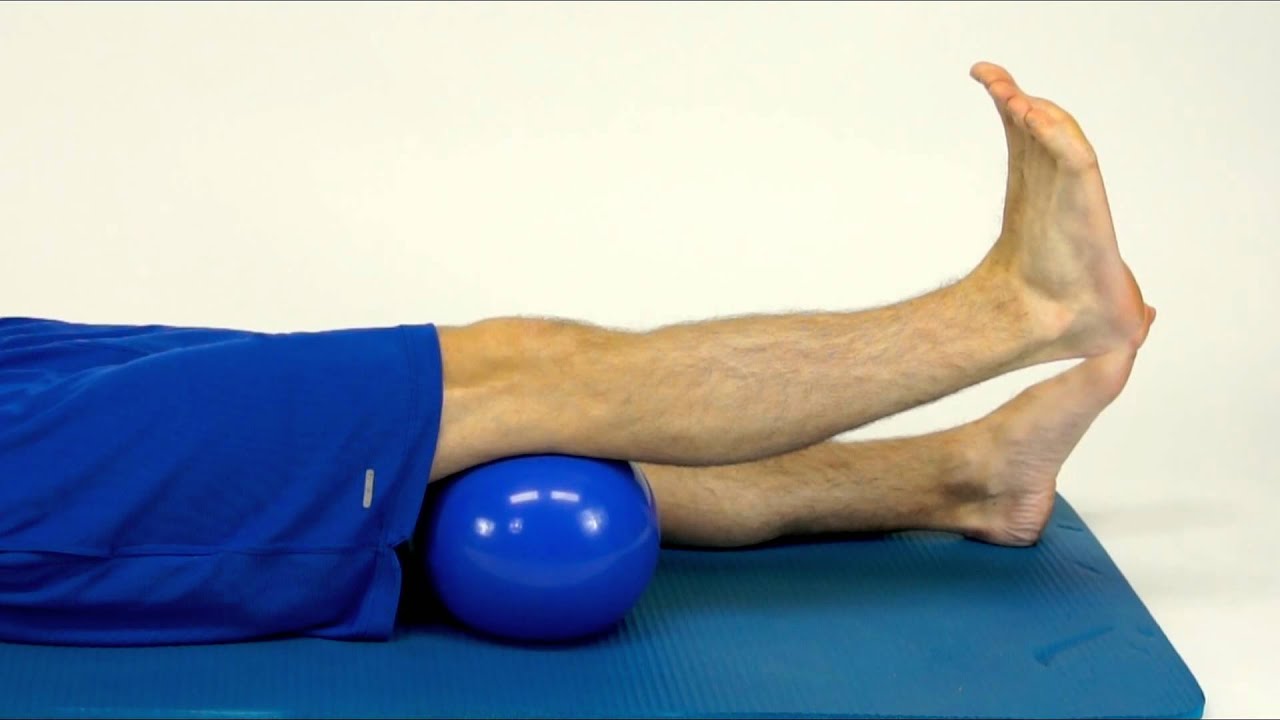The following blog post was written by TJ Moore, SPT, ATC who is currently a 2nd year DPT student at the University of Pittsburgh. TJ graduated from Western Carolina University with a bachelor’s degree in Athletic Training in 2010. Following graduation, he obtained a job at Duke University as an Athletic Trainer and worked with a variety of sports at Duke and participated in outreach to various high schools in the surrounding area.
As therapists, we unintentionally perform exercises that have been around since the dawn of time without thinking about why we are using them or their efficacy. In my opinion, the short arc quad exercise falls into this category when used for patients with patellofemoral pain and ACL reconstruction. This is an exercise commonly used for many knee impairments. There are many arguments out there as to why certain therapists choose to use this exercise. Some include gaining terminal extension range of motion, to isolate certain quad muscles, and to increase end-range quadriceps strength. I will begin with the primary reasons I believe short arc quads should not be used in these patient populations.
The first is their negative effect on the patellofemoral joint. Steinkamp et al demonstrated that stress at the patellofemoral joint increases as the knee is moved into an extended position. This is largely attributed to compressive forces being distributed over a minimal contact area. Short arc quads are typically performed in this position.  I believe this research suggests that by performing OKC exercises at the end ranges of extension, the stresses at the patellofemoral joint are increased, possibly predisposing a patient to patellofemoral arthritis or further joint damage. In the past, the clinical emphasis has been placed on joint isolation within a particular range to increase quadriceps hypertrophy. My question always has been, “when are muscles used in isolation?” In addition, many therapists argue to stay away from open kinetic chain and stick to the closed kinetic chain because it is safer and more functional. There are many instances during functional activity (i.e. sprinting or kicking a soccer ball) when the foot is on the ground for a very small percentage of time. In this case, I am not proposing to never perform OKC knee extension, but rather to remain in the safe ranges (90° to 45°) if your patient is complaining of patellofemoral pain or has a history of this condition.
I believe this research suggests that by performing OKC exercises at the end ranges of extension, the stresses at the patellofemoral joint are increased, possibly predisposing a patient to patellofemoral arthritis or further joint damage. In the past, the clinical emphasis has been placed on joint isolation within a particular range to increase quadriceps hypertrophy. My question always has been, “when are muscles used in isolation?” In addition, many therapists argue to stay away from open kinetic chain and stick to the closed kinetic chain because it is safer and more functional. There are many instances during functional activity (i.e. sprinting or kicking a soccer ball) when the foot is on the ground for a very small percentage of time. In this case, I am not proposing to never perform OKC knee extension, but rather to remain in the safe ranges (90° to 45°) if your patient is complaining of patellofemoral pain or has a history of this condition.
My next concern with short arc quads is their potential strain on the ACL secondary to ACL reconstruction. Although the safe limits for ACL graft strain are currently unknown, Beynnon et al demonstrated that active knee extension beyond 40° creates a substantial increase in ACL strain. Why take this risk early on? Why not perform OKC knee extension exercises in the range that produces no strain on the healing graft until we know what range a safe form of strain can be produced? Also, why predispose someone to patellofemoral arthritis down the line for the reasons mentioned above?
In closing, I believe we need to rethink why we are using short arc quads in patients with patellofemoral pain or ACL reconstruction and how useful they really are to our patients. I think there is evidence that provides at least a hesitation as to whether or not to use this exercise. I think there are other non-invasive ways in which we can gain terminal knee extension and end range quadriceps strength. For example, if there are no weight bearing precautions why not perform Terminal knee extensions in weight bearing early on to gain terminal quad strength?
TJ Moore, SPT, ATC
Continued Reading…








Great post TJ! Good to see you guys getting out there early and redefining what we do. I will definitely share your site with my interns. As for SAQ, I agree with you. A pitiful exercise and has more harm than good. Just educated a PTA that no wonder this young girl had more pain between visits after last treatment….you gave her SAQ with 4# ankle weights!
Stay in touch,
Harrison
LikeLike
Thanks for your comment and compliments Harrison! The SAQ has limited clinical utility, but continues to be one of the most over-utilized exercises… I don’t think I’d be able to walk for a week if I did SAQs with a 4# weight haha. Hopefully this blog post opened the eyes of a few therapists.
LikeLike
What if your patient does have weight bearing precautions?
LikeLike
Excellent post and very informative. Thank you for sharing.
LikeLike